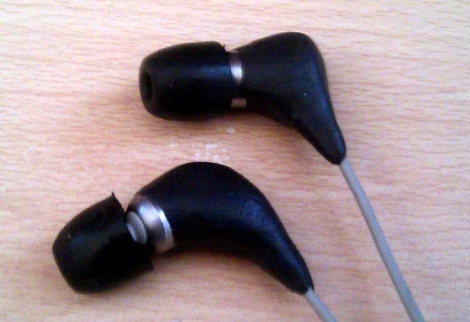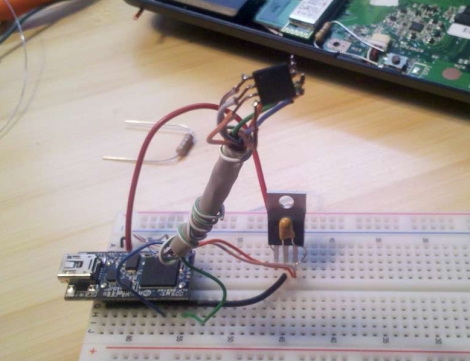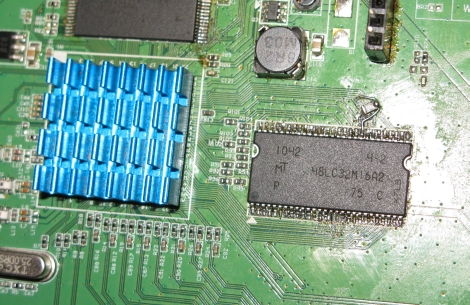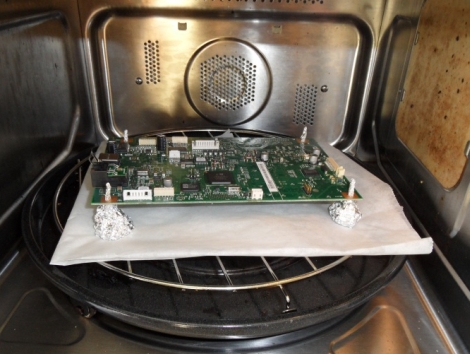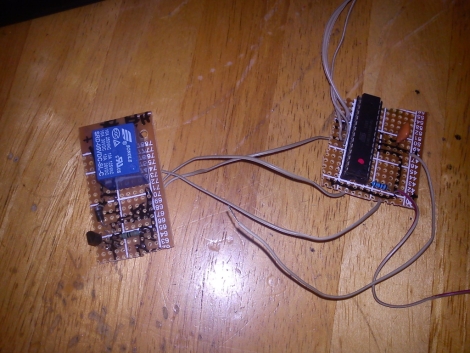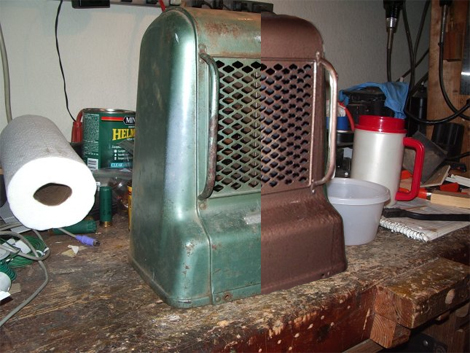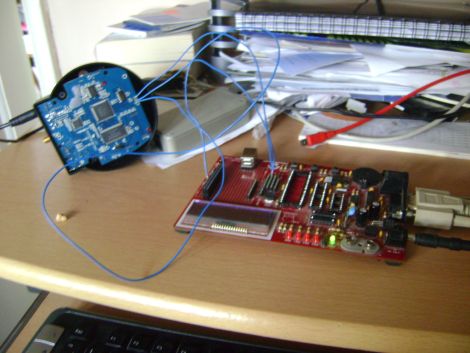
As many of us do, [Steaky] serves as a kind of on-call help desk for his family. His father in law recently contacted him because his pan and tilt webcam died, and he wanted to see if it could be fixed. Never turning down a challenge, [Steaky] decided to give it a shot.
He ended up having to disassemble it since the camera was completely unresponsive, and what he found inside piqued his interest. The no-name camera sported an ARM microprocessor at its core, and it seems that some of its pins were damaged due to a poorly designed case. He figured resoldering the pins would do the trick, but that wasn’t the end of his adventures.
As he dug deeper into the device, he found that the camera essentially killed itself, reading and writing data to the wrong places due to the damaged pins on the processor. After plenty of searching around, he was able to find a somewhat compatible firmware image, though not everything worked properly.
His father in law was so impressed with his work that he asked for the camera back, even though [Steaky] hadn’t fully repaired it yet. While he bid the camera goodbye, we’re pretty sure he’d be more than happy to reclaim it for a few days if any of our readers had some additional insight or resources that might help him finish the job.

